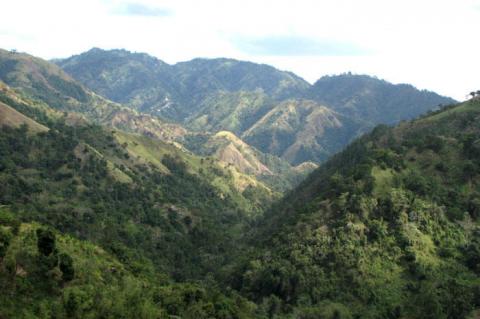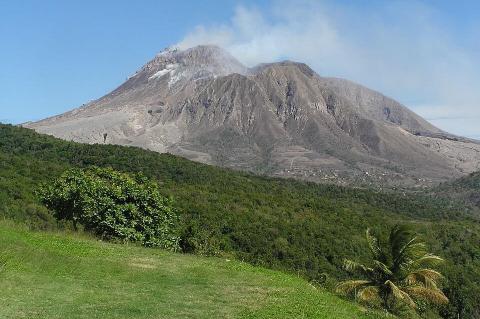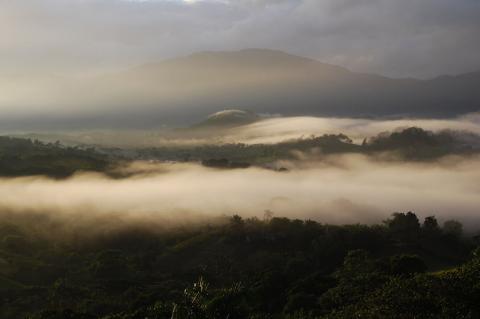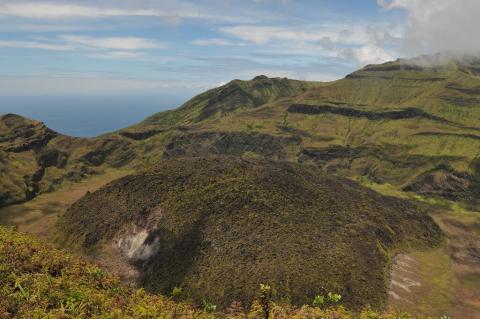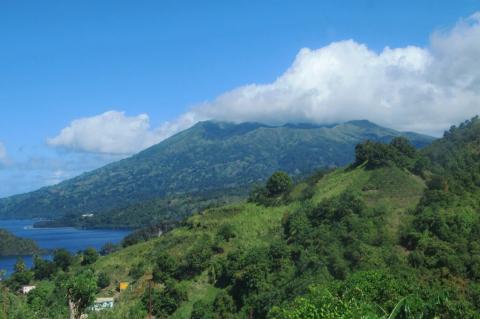Mountain Ranges of the Caribbean Region
The Caribbean landscape is a mosaic of peaks and plateaus sculpted by volcanic activity and erosion. Mountain ranges, with tall volcanic peaks on some islands, form the backbone of the archipelago. These dramatic highlands gradually transition into rolling hills and fertile valleys carpeted with lush rainforests, cultivated fields, and the sea.

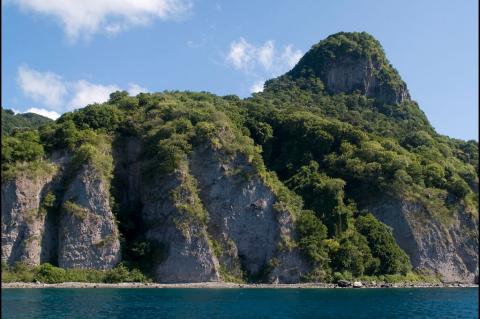
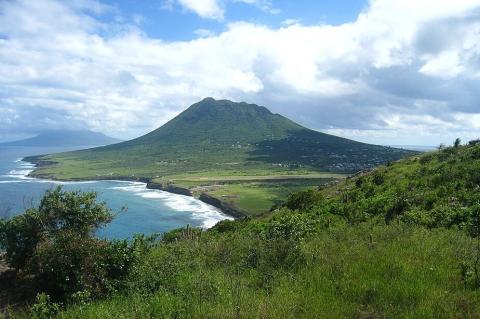
![View over the southern slopes of Sierra del Rosario from the viewpoint Mirador del Soroa by Manfred Foeger [CC BY-SA (https://creativecommons.org/licenses/by-sa/4.0)] View over the southern slopes of Sierra del Rosario from the viewpoint Mirador del Soroa](/sites/default/files/styles/medium/public/mirador_de_soroa_opt%20%281%29.jpg?itok=T7FdxO7J)

